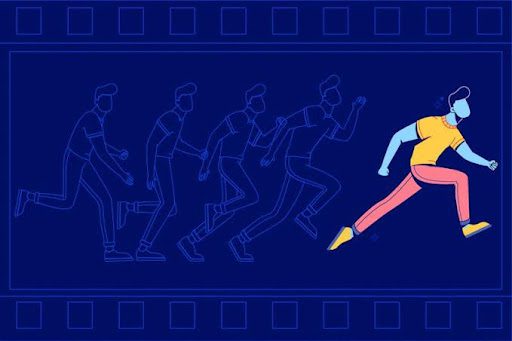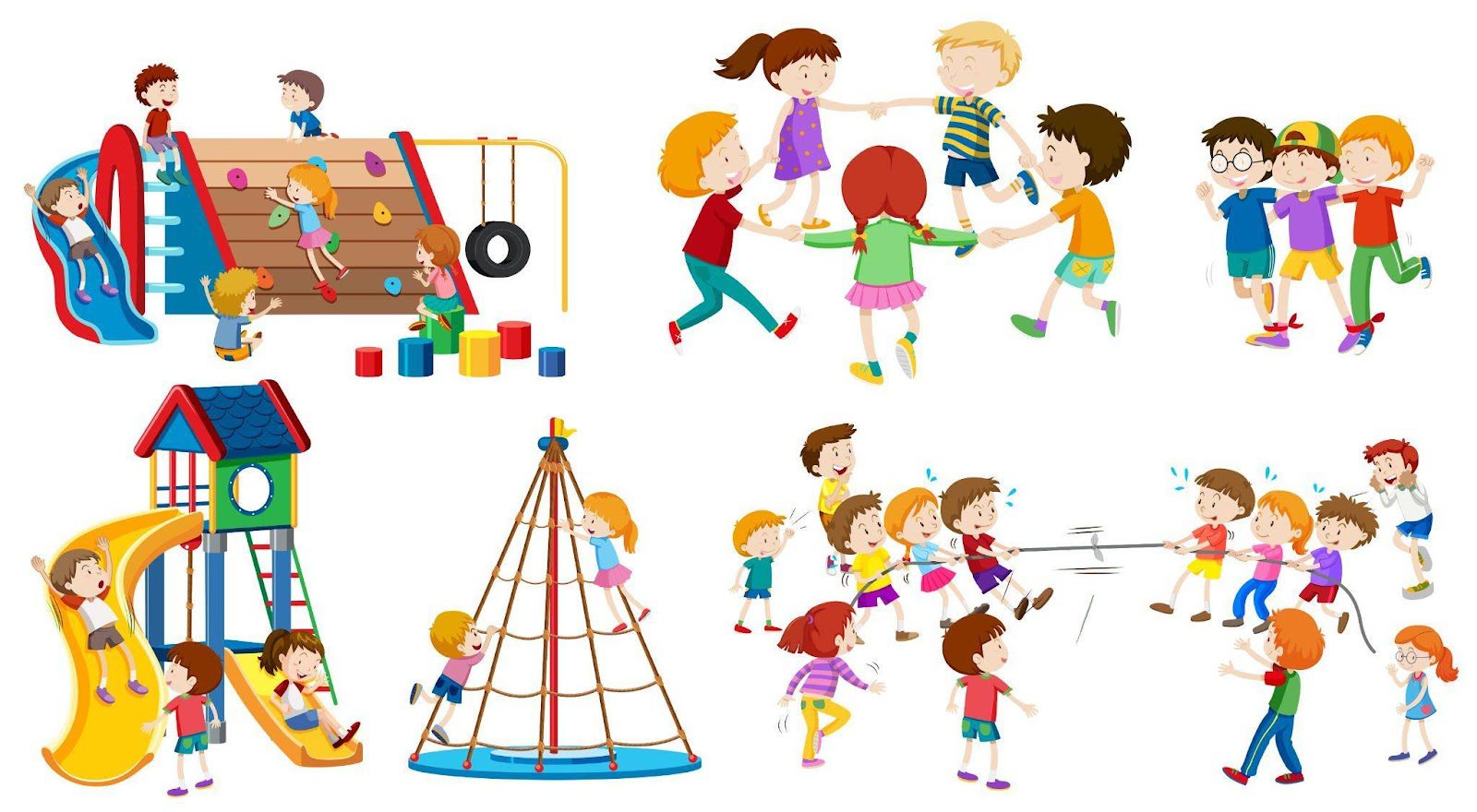A Guide to 2D Explainer Video

The onset of the digital transformation in businesses has given birth to a new kind of consumer. The marketplace has become customer-centric, which empowers customers to get the required products and services with greater ease and convenience. Thus, the stakeholders must strategize their efforts to improve brand outreach and visibility across digital channels. Explainer videos are powerful marketing tools that help you convey the brand message to the target audience. These videos are both informative and educational. They communicate the critical idea of your product or service to the ideal customers to attract and engage them.
Animation is one of the most preferred formats for explainer videos. The captivating visuals and narrative help create a bond with the audience to bring them into the sales funnel. Various animations styles and techniques are available that enable the stakeholders to drive the narrative of explainer videos. An animated explainer video helps create a memorable and lasting impression on the potential customers, allowing you to get a competitive edge. It provides flexibility and complete control over the animated world, which helps evoke more engagement and participation. These videos help convey complex information and include call-to-action (CTAs) to nudge them to action. Thus, companies can significantly boost their conversion rates and generate a higher return on investments.
There are various animation styles available for explainer videos. Some popular animation styles are 2D, 3D, or CGI, whiteboard animation, live-animation, stop motion, kinetic typography, and motion graphic. 2D animation is a classic animation style. With a 2D explainer video maker software, you can generate the animation with great ease.
What is a 2D animated explainer video?
2D animation helps create the movement of objects and characters in a two-dimensional space. It is a traditional animation method that has been in use since the late 1800s. The characters, storyboards, and backgrounds move up, down, left, and right. But unlike 3D animation, it does not move towards and away from the camera. The characters only have height and width. One second generally consists of 24 frames. Depending on the animation style, it may include as many as 24 unique drawings in one second of animation or as few as two.
Benefits of using 2D animation in explainer video
- Versatile: 2D animation is highly versatile. Once you develop the storyline, you can create a 2D animation. You can give shape to your imagination with much efficiency and flexibility and communicate any information. You can combine text, voice-over, and background effects to your 2D animation. Such videos are easy-to follow up due to communication efficiency. You can easily share it across various social media platforms. The beauty, power, creativity, and versatility of 2D animation highly appeal to the target audience’s sensibilities.
- Faster to produce: As technology has advanced, 2D animation is becoming faster and more accessible. You can create characters and create storyboards to make the explainer videos swiftly. Since the storyboard does not include complexities, the production timeline is faster.
- Repurpose and Update Efficiency: It is easy to update since the 2D animation follows a streamlined and straightforward production process. You can repurpose animations or adapt narratives to meet your current market needs. Thus, it provides the video with a longer shelf-life.
- Low cost: The production of 2D animation requires a lower investment. Since it involves fewer complexities in style and scope, small and medium-sized businesses can incorporate it to develop the explainer videos with a limited budget. It does not require resource-intensive software, making the video creation process more affordable.
- Easy Learning Curve: The creation of 2D animation has a steep learning curve. With a 2D explainer video software, you can quickly get started with the process and thus quickly turnaround time.
How to create a 2D explainer video?
- Pre-production: In this step, you need to define the goals for video production and assemble the elements. Gather the data points on your target audience, and determine their demographics, age, pain points, demands, and requirements. It will enable the video to boost your digital marketing efforts optimally.
- Script: Once you get through the research stage, you can prepare the script. Determine the video length, and the script that spans the given time must address the necessary information. The script should be to the point, without any hint of ambiguity. Include appropriate CTAs to nudge the viewers to action.
- Select the right software: You need to select the correct 2D explainer video maker based on your production requirements. It should be intuitive and easy to use. It must include the necessary templates to create compelling animations. Review its pricing policy and ratings.
- Voice-over: Input the right voice-over to your video manually or by generating an automated voiceover.
- Template: Check the various templates in your software, and choose a suitable one to match your characters’ nodes and attributes. You can customize the template to fit your video.
- Create animations: Create a storyboard for your animations. Bring everything together, including the characters, objects, background, theme, and other media files. Clean up the animations before releasing them.
- Post-production: Once you complete the production process, make the necessary edits before launching it. Export it to different formats, and publish it on various social media channels.
To Conclude:
These are a few things you should know about the 2D animated explainer. It is one of the most popularly used formats for an explainer video.



